
Outdoor folk can play an important role in the conservation of rare species in wild and remote places, but why bother with bumblebees? Here Annie Ives – amateur mountaineer and professional bumblebee-bagger as Project Officer for the Bumblebee Conservation Trust - explains why a particular cold-adapted, mountain-dwelling bee deserves our attention, and how we can help its conservation when we're out and about in the hills this summer.
As hillwalkers and climbers, many of us of will know the silent satisfaction of organizing and recording our outdoor achievements – whether it's climbing routes in your UKC Logbook, ticking off Munros and Corbetts, or filling in your DLOG - but have you ever thought about logging your wildlife sightings in the hills? If not, why not?!

This summer, I'm asking the outdoor community to record their bumblebee sightings to help conservationists better understand how a rare mountain-dwelling bumblebee, the Bilberry bumblebee (Bombus monticola) – also known as the Blaeberry or Mountain bumblebee - is faring in our uplands.
mountaineers and walkers can collect valuable data from inaccessible and remote places that others might not be able to reach
The Bilberry bumblebee is just one of 24 species of bumblebee in the UK, but it's one that has a special place in my heart due to our shared affiliation with mountain environments. Its scientific name translates to the 'mountaineer' or 'highlander' bumblebee, and hints back to bumblebee origins: the first bumblebees evolved out of the Himalayan region around 25-40 million years ago, adapting to cold, mountain life with their big bodies and furry home-grown belay jackets. That region is still the biggest hotspot of bumblebee diversity today, as well as being the site of the highest altitude record of a bumblebee, collected on the 1921 Everest Expedition at an incredible 5640m (18,500ft) above sea level.
Information about which bumblebees are found where is vital in the fight for their conservation. If we don't know where something is, how can we protect it?
And bumblebees are desperately in need of our protection. In the past century, two species have been declared extinct, and a further eight (including the Bilberry bumblebee) have been officially designated as conservation-priority species. The national bumblebee abundance monitoring scheme run by Bumblebee Conservation Trust found that 2024 was the worst year on record for bumblebee numbers, and studies suggest that upland pollinator species are declining at a significantly faster rate than their counterparts in the southern lowlands.
A male bilberry bumblebee on Devils-bit Scabious with two yellow bands and a bright orange-red tail
This is worrying because bumblebees bring life and colour into our environment. They underpin whole ecosystems with their pollination superpowers, enabling flowers and trees to produce fruits and seeds which either make more flowers and trees, or are eaten by small mammals and birds, which are eaten in turn by predators. Without bumblebees, our countryside would suffer.
the first bumblebees evolved in the Himalayas, adapting to cold mountain life with their big bodies and furry home-grown belay jackets
The Bilberry bumblebee, as an upland specialist, works hard to keep our moorlands flowering and bilberry blooming in areas that can be quite inhospitable to other pollinators. However, climate change poses a distinct risk to this species, which is most at home on cool heaths over 300m above sea level. To safeguard its future, we need more information about exactly where this rare bumblebee is found and how it is doing in those areas. This is where you can help - by letting us know when and where you see one.

The distinctive appearance of Bilberry bumblebees makes them hard to miss or mistake. Look out for a small, round, bright and hairy insect - typically around the size of a thumbnail. They have fiery orange-red hair covering more than half of their lower body (abdomen), a soft yellow collar, and a faint band of yellow behind their wings, all against a background of black. It's the extent of the bright orange-red tail that helps the Bilberry bumblebee stand out from other similar bumblebees, which never have more than half of their abdomen covered in red hairs. Although they are generally found in upland areas, they can pop up in unexpected places including gardens, agricultural fields and road verges close to hills or moorland so keep an eye out from car-park to summit! Bilberry bumblebees will often be seen feeding from flowers including bilberry, heather, white clover, thistles and ragwort, and are most active between May and July.
Once you know what to look for, recording the wildlife that you see (or 'biological recording') is an easy and practical way to contribute to knowledge and conservation in the hills. As mountaineers and walkers, we can collect valuable data from inaccessible and remote places that others might not be able to reach. The four key pieces of information needed to create a biological record are:
- What? – Identify what was seen and take a photo, if possible
- Where? – A six-figure grid reference is ideal
- When? – The date of the sighting
- Who? – The name of the person who made the sighting
I recommend using an app called iRecord for logging your sightings. You can take or upload photos through the app, and it will automatically fill in your grid reference using GPS. Once you've submitted your record, it gets checked by an expert (this is where a photo comes in handy) before ending up in a publicly available national database which can be used by conservationists, students, researchers, local authorities, planning organisations, and anyone else!
Across the UK, Bilberry bumblebees are localised to upland areas. I've spotted them while climbing at The Roaches and Cwm Idwal, walking the Donalds in the Borders, Munro-bagging in the Scottish Highlands and even in my garden on the edge of the Cairngorms National Park. I'd encourage anybody who is heading to the hills this summer to look out for this rare bumblebee, but as the Cairngorms National Park is the focus of my project work (where I train volunteers to identify and survey for bumblebees) and is thought to be one of the few remaining strongholds for the Bilberry bumblebee in the UK (based on the little data that currently exists), it would be great to get some help here in particular.
We've put together a list of the top peaks across the Cairngorms which have the right habitat for Bilberry bumblebee, but where none have yet been recorded to date. Could you help the conservation of a fellow mountain lover, and be the first to bag-a-bumblebee on one of these hills?
- For more information about Bilberry bumblebees and how to record your sightings, please visit bumblebeeconservation.org
- If you have any questions about bumblebees or would like help identifying a bumblebee, you can contact me by email





















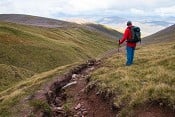
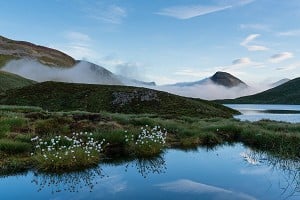

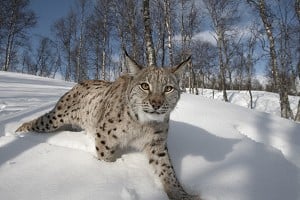
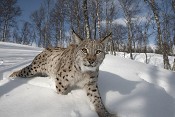
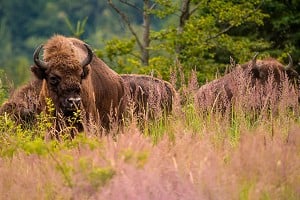
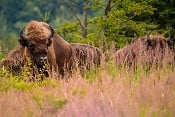
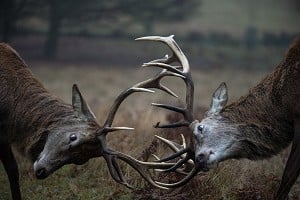
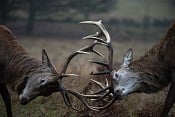
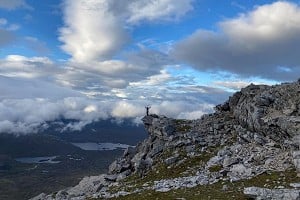
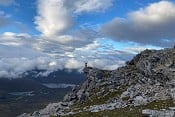
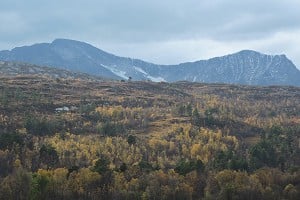
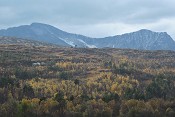
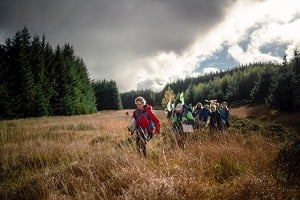
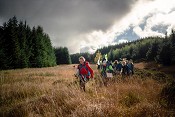
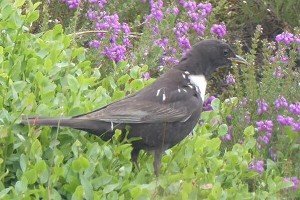
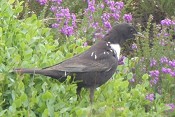
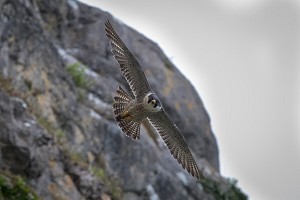
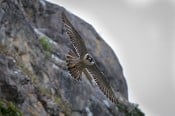
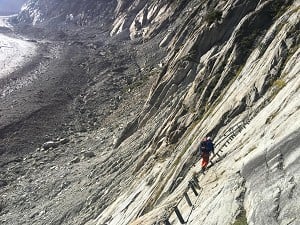








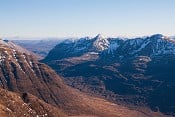












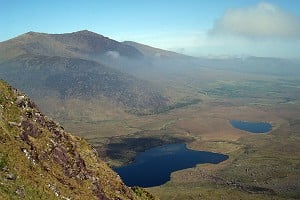
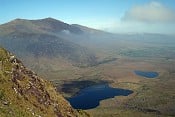
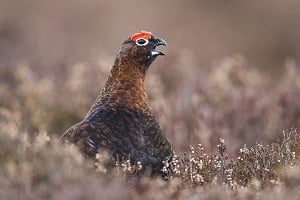
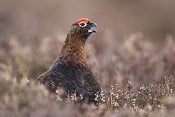
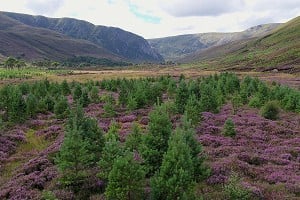
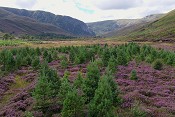
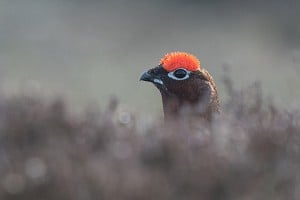

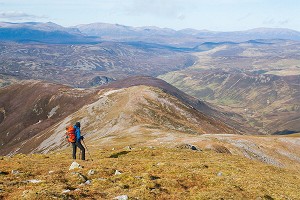

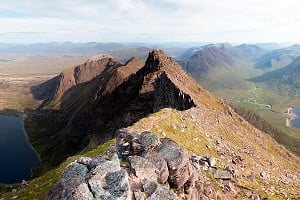
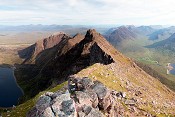
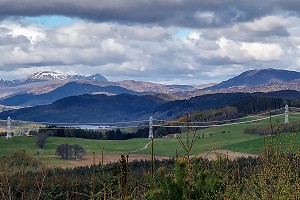
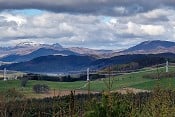
Comments
We spotted quite a few yesterday at around 400m a.s.l. in Ballochbuie Forest, near Braemar :) All submitted to iRecord.